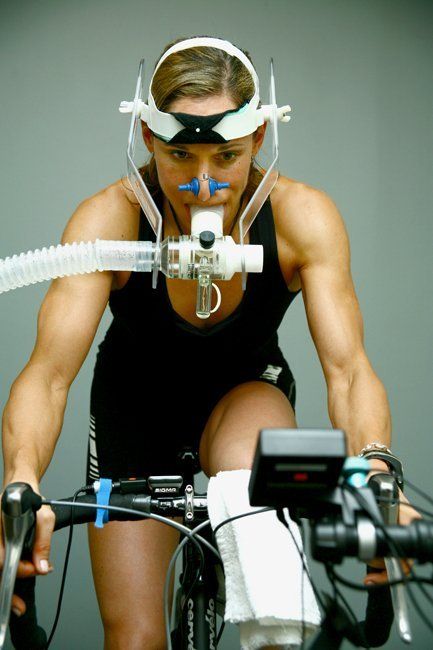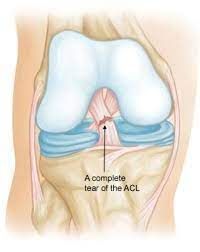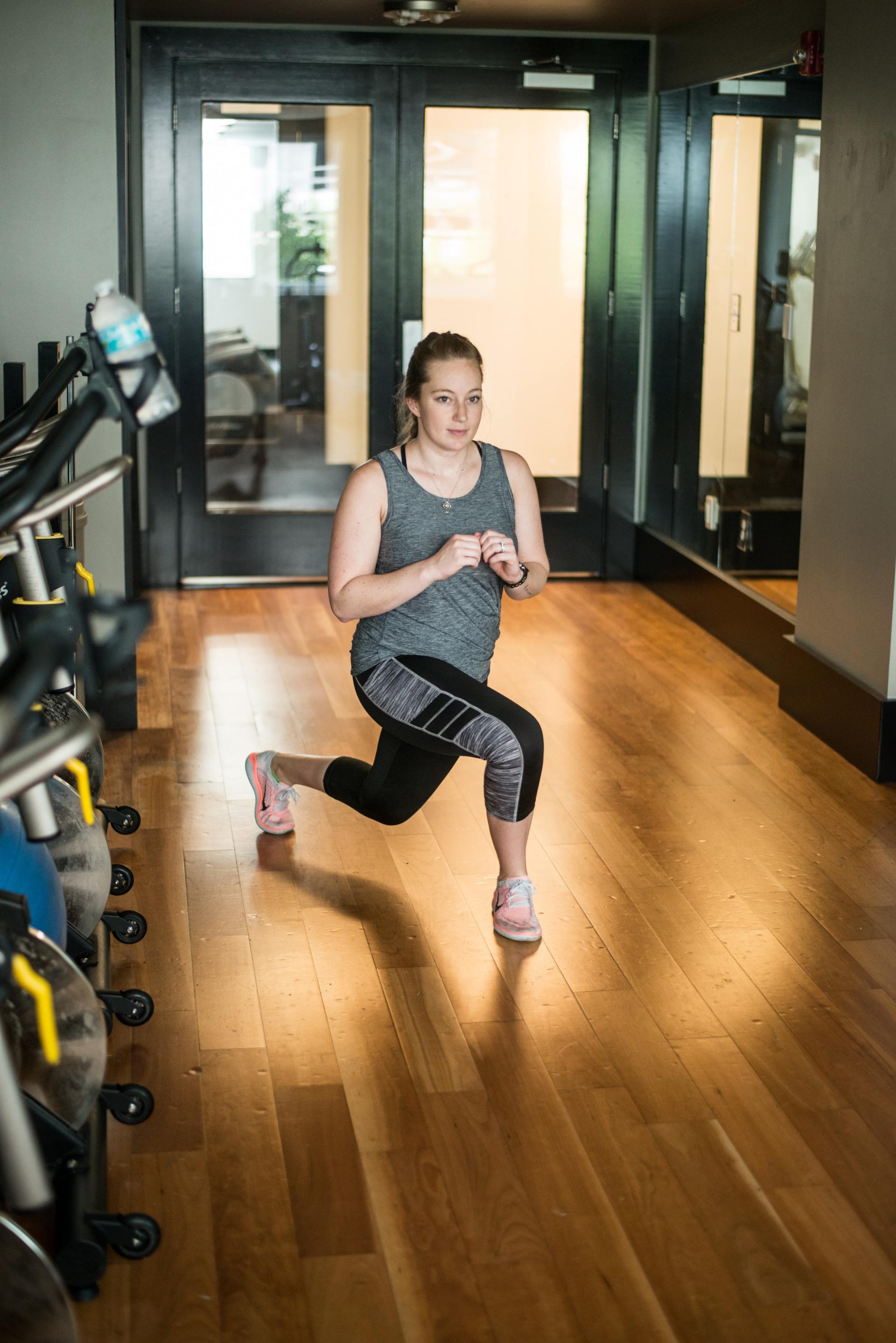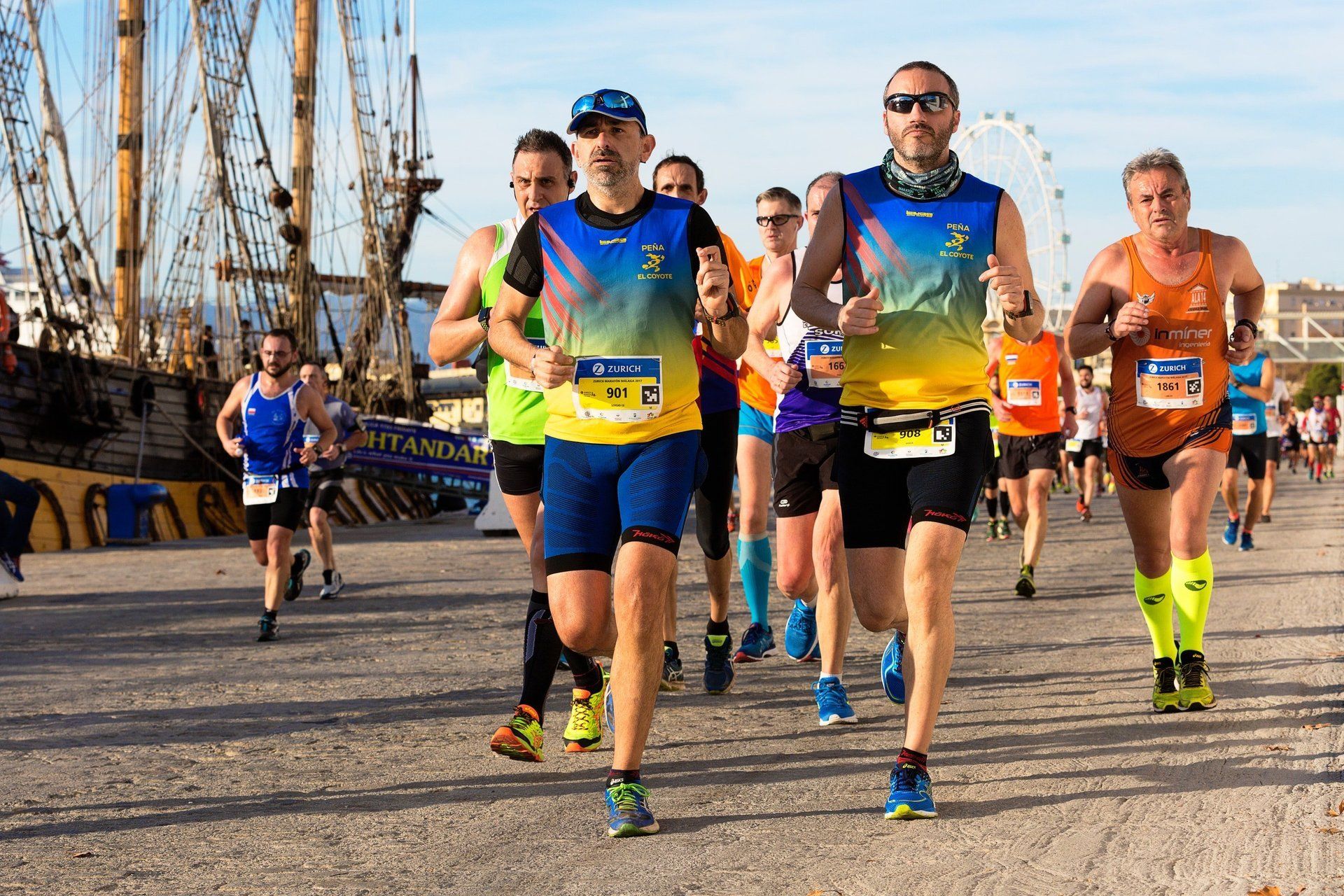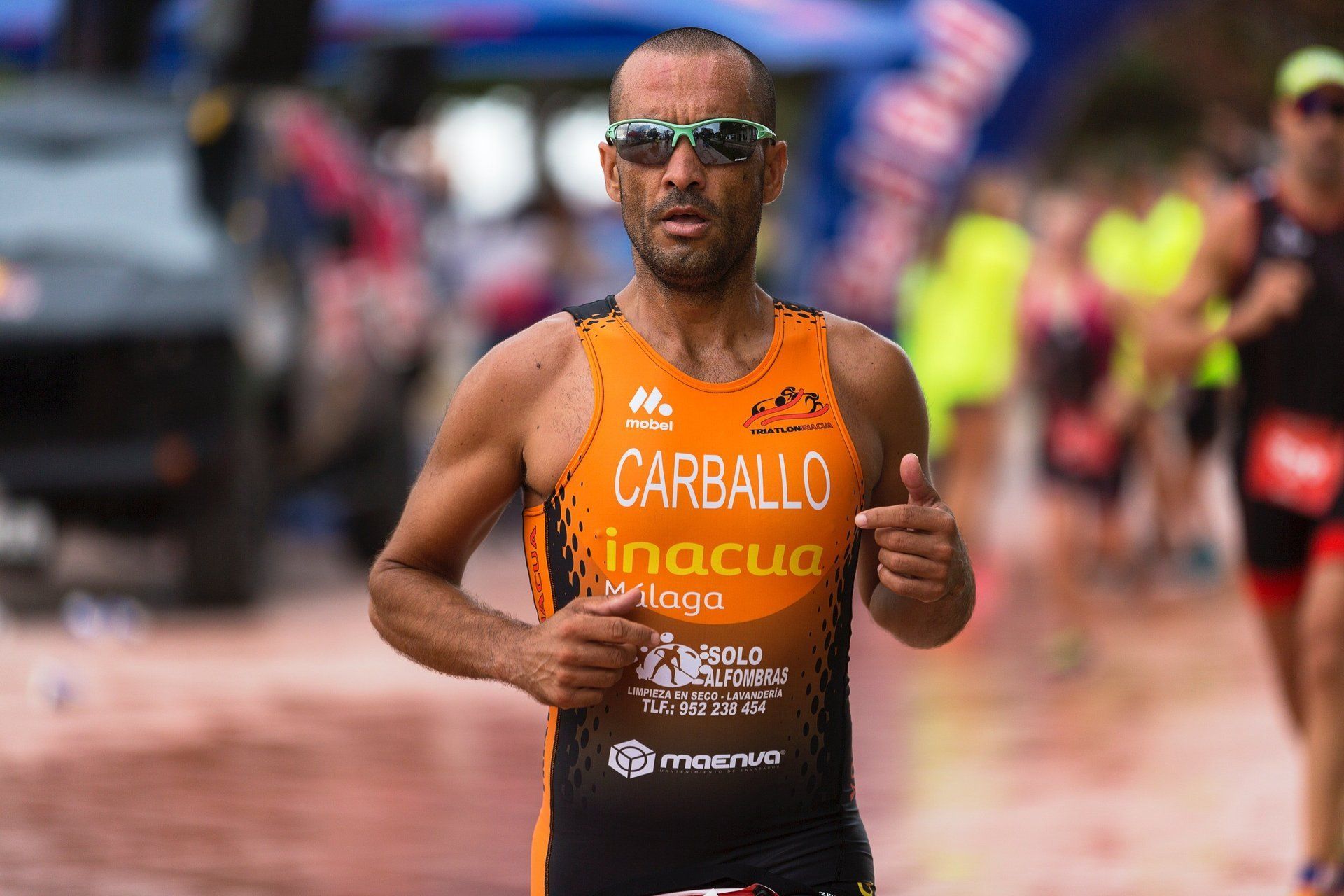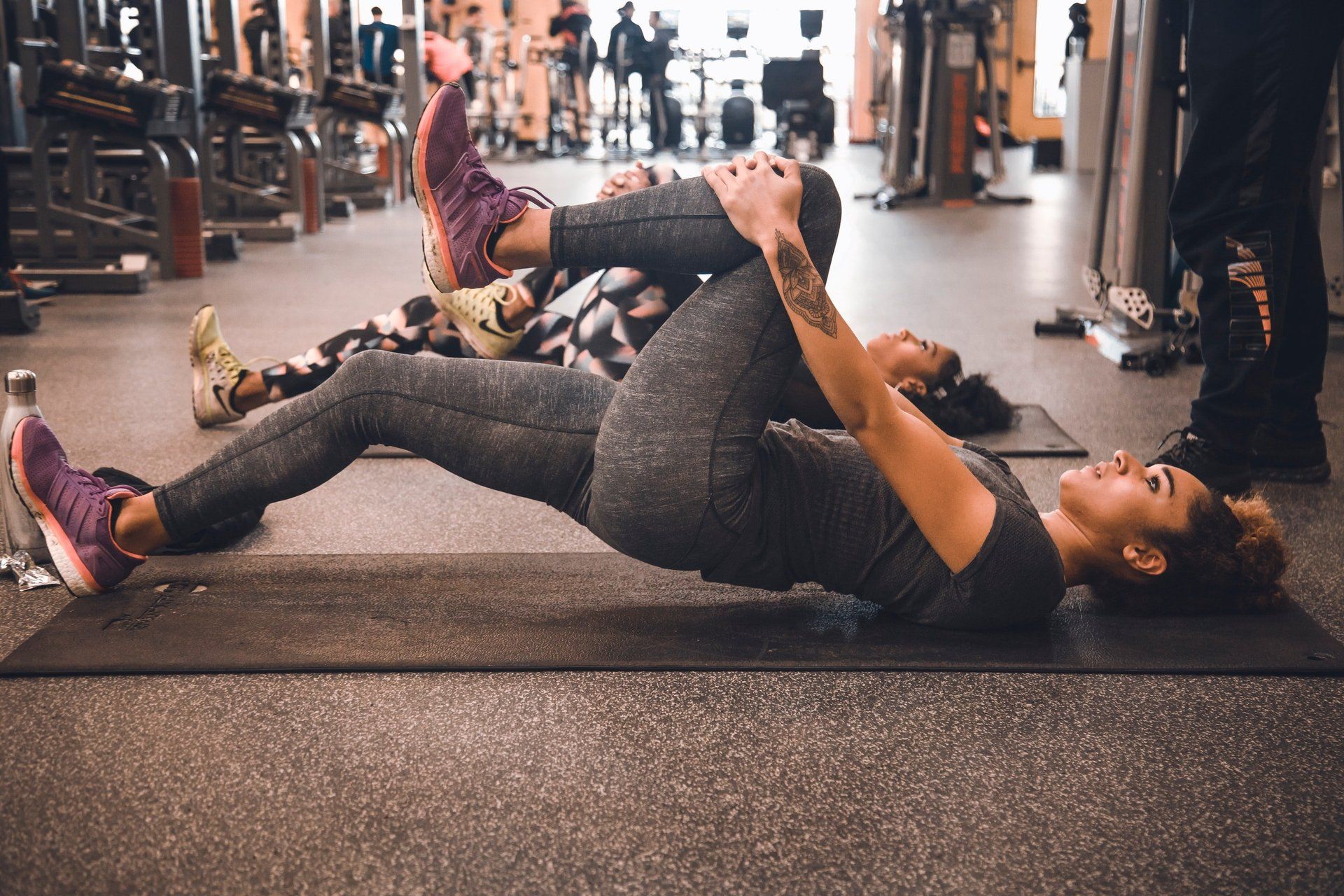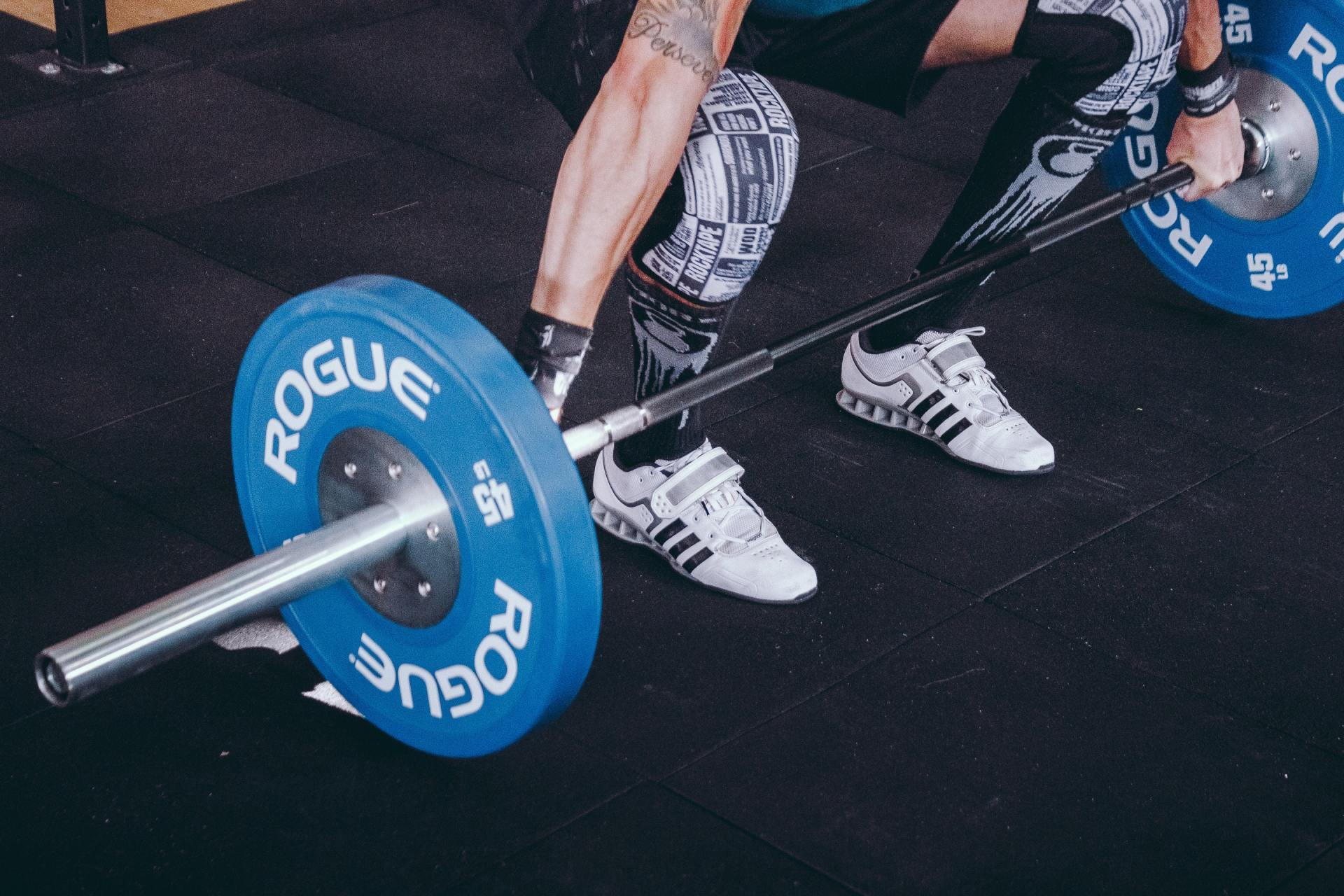Myth-busters: HIIT fat in no time
Burn more Fat not more time?
Disclaimer
Although, all of the information that is presented in this article is geared
toward the benefits and/or effectiveness of anaerobic high intensity interval
training (HIIT) vs. low intensity aerobic training with regards to fat
utilization, there is an understanding that some reasons for aerobic training
supersede the outcomes. For the sake of pure enjoyment, personal goal
setting (training for a triathlon, marathon, road race, etc), and the challenge
of competition are all viable and respectable reasons for interacting with long
slow distance (LSD) activities. For many people these types of activities
are suitable for their lifestyle and enjoyable means of living an active
life. The goal of this article is not to discount or diminish the value
of physical activity in all its modalities, but to merely present data with
regards to optimum fat loss, hormonal indicators, and other factors of
cardiovascular and cardio respiratory markers as they pertain to exercise
intensity prescription.
Misinformation is Costing Money
People today are on sensory overload with achieving a “lean or sculpted” physique. This has made weight-loss a billion pound industry (46.3 billion to be exact as reported by naturalnews.com, 2004). If you have ever been to a gym, talked about working out, or even remotely have expressed interest in health, you have probably had the “I need to lose weight” or “shed a little fat” talk at some point. Marry this desire with the endless supply of jargon in magazines and infomercials that promise miracles with the use of their products and we see the weight loss industry getting richer and richer. The unfortunate part is that most people have little or no educational means to differentiate between what is effective and what is merely an elaborate marketing effort. Oddly enough, there is a gym on virtually every street corner and new weight loss supplements are coming out on a daily basis. Yet, the obesity rate in the UK has grown to epidemic proportions. With this many products and weight loss systems available that claim to give you a rock hard physique or fitness model quality body, how can so many people be overweight? One word, misinformation!
So now that both your mood and pocketbook have been suppressed, how can we ensure that our efforts toward weight loss, and moreover fat loss, are attainable? The answer is more effective training. This article is intended to share what has been reported in the scientific literature for decades. In the following section several myths associated with fat loss will be discussed and debunked. It is important for the reader to understand that the information about to be presented goes beyond the author’s opinion and is based on scientific research, not claims or gimmicks. So, stop buying supplements that claim you don’t have to work out to lose fat or to be lean. The only thing they make smaller is your disposable income. You MUST exercise to burn fat effectively. Quit joining the fad diet crazes! Over half of those people gain back the weight. In fact, many of these diets promote calorie reduction without exercise. As a result, lean muscle may also be lost in conjunction with fat and causes a reduction in the resting metabolic rate. Frequently, when people return to their pre-diet weight they are actually fatter in terms of body fat percentage than before they went on the diet.
Get Educated
What is the solution to this endless
cycle? Education. It is time to START LEARNING! Odds are you did
not get your job by ordering a magic pill or following some fanatical routine,
so stop treating your health the same way. If you truly desire to lose
weight or to get leaner, you must learn how the body works, even if it is from
a crude or rudimentary standpoint. Otherwise you will continue to waste
money on ineffective products and gym fees for the rest of your life!
Here are some facts about why aerobic long
slow distance training (LSD) may be less effective and possibly even
counterproductive for fat loss when compared to high intensity interval
training (HIIT). First of all, LSD and interval training both increase
fat oxidation (burning). However, the positive effect for LSD can take up to
two weeks to be effective whereas interval training demonstrates an immediate
return. This is generally due to the nature of glycogen (sugar)
depletion. With HIIT, glycogen is depleted rapidly. But in LSD
training, depletion requires much longer duration as the intensity of exercise
is exceedingly lower. Fat oxidation will markedly increase with depleted
glycogen levels.
Does this sound familiar? This is
essentially the basis of the ever so famous “low carb” diet craze. With
depleted glycogen (carbohydrate), the body will initiate higher levels or fat
oxidation. However with this type of diet, protein and/or muscle loss may
be affected as well. Glycogen levels are important and all the macronutrients
(fat, carbohydrate, and protein) play a significant role in overall nutrition
and health.
Fat Burning Zone
Secondly, do not get caught up in the “fat
burning zone”. This is generally in reference to the percentage of
heart rate (HR) max. This has typically been displayed for unsuspecting
users of cardio equipment in health clubs. The typical “fat burning zone”
is promoted as being near 65% of HR max. While there is truth in the
statement that at 65% of HR max, a higher level of fat will be oxidized when
compared to carbohydrate consumption, the overall training effect utilizes less
fat.
Cellular Hydration
Cellular Hydration is the third point of
interest. There is a surprising thermogenic affect of water. A
study of seven men and women who drank 500 millilitres found that after merely
10 minutes of ingestion the subjects resting metabolic rate rose by 30%.
Interestingly, this influx was fuelled by fat in the male subjects and
carbohydrate with the female subjects (1). Typically the rule of thumb
for water consumption is near one gallon per day. Not too many people
reach this goal on a daily basis. Water also aids in nutrient absorption
and also helps flush out toxins accumulated from exercise.
Muscle Burns Fat?
The caloric utilization of tissues in the body differs too. The old adage that “muscle burns fat” is not entirely true. But when compared, muscle tissue burns 7-10 kcal/kg/day whereas adipose tissue only consumes 2-3 kcal/kg/day. Some of the additional benefits that the high intensity interval trained may experience in conjunction with increased fat loss include, greater improvements in VO2max, increased growth hormone response (due to lactate accumulation), and positive blood pressure response (4, 5).
VO2Max
The VO2max may seem surprising to those who
have been told that the LSD training will elicit the highest level of
VO2max. This too has been shown to reach higher levels with HIIT when
compared to moderate intensity exercise. Tabata et all compared a “fat
burning zone” group vs. a HIIT group and found that although the fat burning
group improved VO2max by 10%, they did not produce any concomitant improvement
in anaerobic capacity. Conversely, the HIIT group improved their VO2max
by 14% and their anaerobic capacity also rose by 28% (10). Furthermore, a
third party University study showed that the 1992 Canadian Alpine ski team (predominately
HIIT) demonstrated higher VO2max markers than their Nordic (highly aerobic)
counterparts.
Still think that your aerobic work is the
ticket to success? Here are some other contributing factors to think
about. High levels of aerobic exercise increases adrenal stress which can
increase the potential for such symptoms as insomnia, depression, reduced
memory, frequent influenza and most importantly – the ability to lose weight
(12). Also, aerobic training has an effect on local muscular power (3, 6,
8) and lastly, training aerobically diminishes testosterone/cortisol ratio,
which in turn also impedes your ability to burn fat (7). Read more about V02 here
Summary
The traditional school of thought for
exercise prescription and fat loss has been long assumed to be accomplished
through aerobic activity. However, with the plethora of research that has
been geared toward finding the best means of fat utilization, we now know that
HIIT is by far a better method for attaining this goal. Keep in mind that
HIIT is very demanding and that it is important to ensure that your
client/athlete is cleared for such activity through a medical
professional. Also understand that the chronological age and training
status of your client will determine what might be HIIT for each person.
A 55-year old untrained client will quite easily reach an anaerobic state and
for much shorter duration than will a 25-year old moderately trained
client. If these parameters and considerations are kept in mind, HIIT can
benefit people from all walks of life and all levels of fitness.
Detailed personal training programmes
are a good way to gain the best out of your workouts
References
1.Boschmann, M., Steiniger J, Hillie U,
Tank J, Adams F, Sharma AM, Klaus S, Luft SC, Jordan J.
(2003). Water-Induced Thermogenesis. J Clinical Endocrinol Met
88(12):6015-6019.
2.Bray, GA, Bouchard C, and James W.P.T. (1998) Handbook of Obesity. New York: Marcel
Dekker.
3.Dudley, GA., and Djamil R. (1985) Incompatibility of Endurance and Strength
Training Modes of Exercise. J Appl Physiol 59:1446-1451.
4.Gray AB, Telford RD, and Weidemann MJ. (1993) Endocrine Response to Intense Interval
Exercise. Eur J Appl Physiol Occup Physiol 66:366-371.
5.Haram PM, Kemi OJ, Lee SJ, Bendheim MO, Al-Share QY, Waldum HL, Gilligan LJ,
Koch LF, Britton SL, Najjar SM, and Wisleff U. (2008). Aerobic Interval
Training vs. Continuous Moderate Exercise in the Metabolic Syndrome of Rats
Artificially Selected for Low Aerobic Capacity. Cardiovasc Res 81:723-732.
6.Hickson, RC. (1980) Interference of Strength Development by Simutaneously
Training for Strength and Endurance. Eur J Appl Physiol 45:255-263.
7.Hoogeveen AR, Zonderland ML. (1996) Relationship between Testosterone,
Cortisol and Performance in Professional Cyclists. Int J Sports Medicine
17(6):423-428.
8.Kraemer WJ, Patton J, Gordon SE, Harman EA, Deschenes MR, Reynolds K, Newton
RU, Triplett NT, Dziados JR. (1995) Compatability of High Intensity Strength
and Endurance Training on Hormonal and Skeletal Muscle Adaptations. J Appl
Physiol 78:976-989.
9.Stainsby WM, and Barclay JK. (1970) Exercise Metabolism: O2 Deficit, Steady
Level of O2 Uptake and O2 Uptake in Recovery. Med Sci Sports 2:177-195.
10.Tabata I, Irishawa K, Kuzaki M, Nishimura K, Ogita F, and Miyacho M. (1995).
Metabolic Profile of High-Intensity Intermittent Exercises. Medicine and
Science in Sports & Ex 29(3):390-395.
11.Tremblay, A., Simoneau JA, and Bouchard C. (1994). Impact of Exercise
Intensity on Body Fatness and Skeletal Muscle Metabolism. Metabolism
43:814-818.
12.Wilson, J. (2002). Adrenal Fatigue – 21st Century Stress Syndrome. 1st
Edition Smart Publications.
Richard Watson
Sports Therapist




